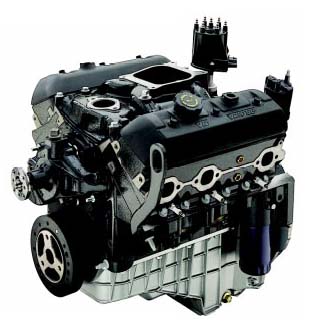 The GM 4.3 V6 Vortec industrial engine is a rugged engine that has been used in a variety of applications. However, some rebuilders have found problems with the roller camshafts on the GM 4.3 V6 Vortec industrial engine if the GM V6 is used in a low rpm, constant speed application. This includes applications such as constant speed 1800 rpm generators, oil well pumping units, or in an application such as a forklift where the engine idles for long periods of time at very low rpms.
The GM 4.3 V6 Vortec industrial engine is a rugged engine that has been used in a variety of applications. However, some rebuilders have found problems with the roller camshafts on the GM 4.3 V6 Vortec industrial engine if the GM V6 is used in a low rpm, constant speed application. This includes applications such as constant speed 1800 rpm generators, oil well pumping units, or in an application such as a forklift where the engine idles for long periods of time at very low rpms.
Under low rpm conditions, the roller cam in the GM 4.3 V6 Vortec doesn’t get enough lubrication from the oiling system and soon fails. The solution for this problem is to swap out the roller cam for the older style, flat tappet camshaft and related components.
When you install the new cam, it is strongly recommended that you use camshaft assembly lubricant (molybedenum disulfide) and petroleum-based oil, not synthetic, for the initial break in of the cam and lifters. At the first oil change, change the oil filter to remove any residual cam assembly lubricant which can easily clog an oil filter. Then switch to a high quality synthetic oil. If the engine is not in regular use such as in a standby generator application, use a 50/50 mix of synthetic and petroleum based oil to avoid dry starts.
Tech Tip by Foley Marine & Industrial Engines













